Subscription Case #6
By Niels Vestergaard
Today we’re going to talk about the concept of ‘From Product to Outcome’ and this is because the subscription movement has created the opportunity to create all new value-focused services that didn’t exist before. Especially app developers have discovered the benefits of charging a monthly or yearly price for their products instead of selling their product transactionally for $1, $3 or $12 on the App Store.
That’s why we’re talking about the meditation and stress reliever app, Headspace. An app that has reached an incredible popularity over the last few years. Today, Headspace has more than 2 million subscribers which generates a very respectable $12 million dollars a month.
A new product category
Even though almost everyone in the West has become richer during the last 50 years and the living standard has been raised significantly, we are living in a society that increasingly generates stress, anxiety, depression, and sleeplessness. Furthermore, it’s especially millennials (consumers under 40) who experience stress and anxiety in their everyday lives. Coincidentally, this consumer group are also specifically concerned about mental health and have a more positive attitude towards subscriptions than consumers over 40. Here in Denmark, the waiting list for a psychologist can be long and a monthly rate of $6 dollars is definitely cheaper than the hourly wage of a psychologist.

This demand cleared the way for Headspace, who seeks to reduce anxiety, improve sleep, and offer subscribers more serenity with exercises, videos, and daily updates. And this should prove to be a big success – especially because of the incredible user experience, but also because of a subscription metric that I haven’t presented in the previous Subscription Case articles:
From Product to Outcome
When we talk about ‘From Product to Outcome’, we talk about how you present a value offer. Anyone understands that Headspace is just a library of interactive exercises that you could probably replicate without your smartphone. But we’re not subscribing to exercises, we’re subscribing to better mental health.
Some client testimonials from the Headspace website explains what I mean. Here, we get to learn about the outcome that the app has produced for its members:
”I came to learn that the storyline in my head… Was holding me back”
“Changing my thoughts has allowed me to change my life”
“I was broken… Then someone told me to try meditation”
Wow! If you ever needed a ‘reason-to-buy’, could it even get more inviting than the above?
Reasons to stay
This is all well and good, but what’s it like being a subscriber with Headspace? Because, when you’ve learned all about meditation and stress, you wouldn’t need help from the subscription anymore, right?
I’ve said it before, and I’ll say it again: Content is king! The number of tools on the Headspace app is substantial and they especially take advantage of sound media and podcasts to help you focus or fall asleep. This also allows you to learn about mindfulness and meditation, while you’re cooking or driving home from work. The point being, there are both content that requires your undivided attention and content that you can use in the hectic everyday life that Headspace understands that you operate in.

In other words, Headspace works to create behavioral change for you in a pace that suits you. The variety of the content and the ease-to-consume audio lessons are hard to replicate by yourself and the need for new content and new ways to find peace motivates you to keep the subscription.
Outcome communication
The outcome focus from Headspace is also articulated in their communication, which is an important part of presenting your product. The way we present our outcomes is crucial for the perception of the product benefits of our subscription.
If you navigate to the blog section on Headspaces website, there is a clear outcome-focused communication about the benefits that a subscription can offer you. Headlines such as “How to be more present” and “How to sleep better’ has a clear focus on creating a result for the subscriber and not necessarily keep the subscriber in the app, for as long as possible. This is yet another argument that the subscription model beats the ad-tech model because Headspace doesn’t have a monetary incentive to keep subscribers in the app at all costs.

This is self-care on demand. Quick exercises on 5-10 minutes and on with your day. A true convenience-based subscription which is easily integrated into your lifestyle.
Another valuable point, whether you’re a subscription company or not, is that Headspace always focuses on how to make the subscriber a happier and healthier human being. Once again, we should remember the old marketing rule: “The customer is the hero of your story, NOT your company!”
This is what Headspace, and so many other modern subscription companies do well. And you need to do this well to satisfy your subscribers over time and have them keep their subscription.
When we subscribe, it’s another situation than when we buy transactionally. Effectively, our members are allowing us to become companions, to assist them and to make their lives easier. This is why you must offer recurrent value, become an integrated part of your subscriber’s life and always be convenient. Because if you don’t form the habit and make life easier, you’re not going to create an ever-lasting relationship.
This is why we move from product to outcome. To focus on the outcome that our services offer and not on selling a product recurringly – because if you perceive your subscription offer as a product, you will miss the opportunity to create a meaningful relationship with subscribers.


